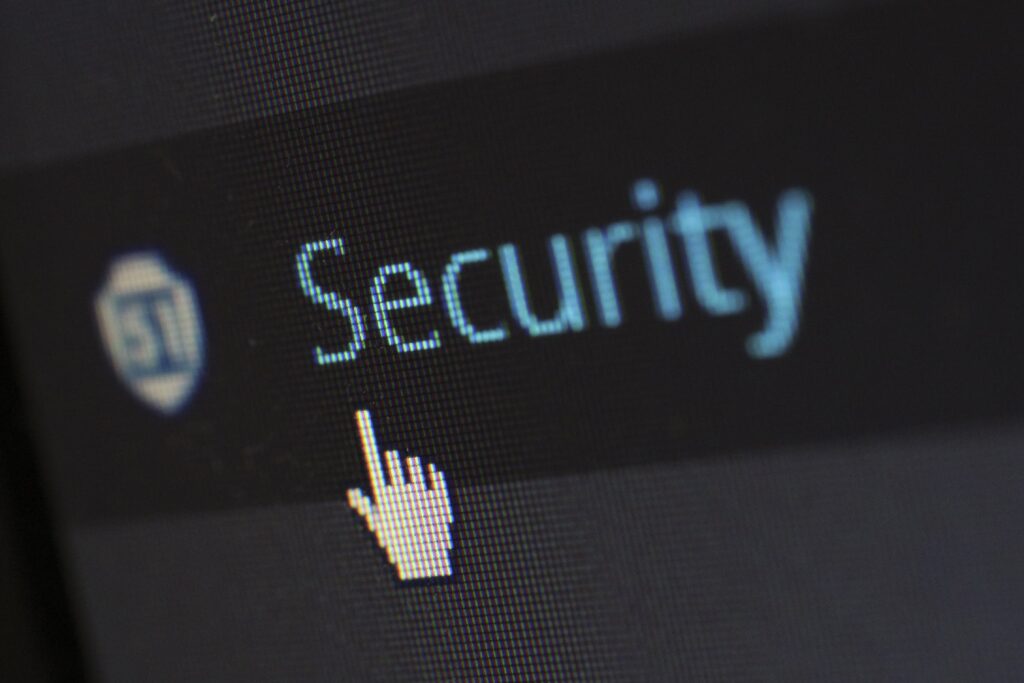In today’s digital age, cybersecurity is a term we hear almost daily. But what does it really mean, especially for those of us who aren’t tech wizards? This beginner-friendly guide breaks down the basics of cybersecurity, making it easy to understand and apply in your daily life.
What is Cybersecurity?
Cybersecurity is the practice of protecting computers, servers, mobile devices, electronic systems, networks, and data from malicious attacks. It’s a set of defenses to protect your online world, much like locks and alarms protect your home.
Types of Cybersecurity Threats:
- Malware: This is malicious software, including viruses and ransomware, that harms your computer or steals data.
- Phishing: These are fraudulent attempts, usually through email, to steal sensitive information by pretending to be a trustworthy entity.
- Man-in-the-Middle Attack: This occurs when a hacker secretly intercepts and possibly alters the communication between two parties who believe they are directly communicating with each other.
- Denial-of-Service Attack: This is an attempt to make a machine or network resource unavailable to its intended users by temporarily or indefinitely disrupting services.
Why is Cybersecurity Important?
In our connected world, we store vast amounts of personal and sensitive data online. From banking information to personal emails, everything could be a target for cybercriminals. Effective cybersecurity measures are crucial to protect this data and ensure privacy, prevent identity theft, and safeguard against financial losses.
Basic Cybersecurity Measures Everyone Should Know:
- Strong Passwords: Use complex passwords and change them regularly. Consider using a password manager to keep track!
- Software Updates: Keep your software updated. Software developers regularly release updates that fix security vulnerabilities.
- Anti-Virus Protection: Use reliable anti-virus software to protect your devices from malware.
- Be Wary of Suspicious Emails: Avoid clicking on links or downloading attachments from unknown sources.
- Secure Your Wi-Fi Network: Make sure your home Wi-Fi is secure and not open to public access.
- Two-Factor Authentication: Wherever possible, use two-factor authentication (2FA) for an extra layer of security.
Cybersecurity at Work:
In the workplace, cybersecurity becomes even more crucial. Businesses hold sensitive data not just about the company, but also about their employees and customers. A breach can lead to significant financial and reputational damage. Here are some tips:
- Be cautious about the information you share on social media and company websites.
- Follow your company’s IT security policies.
- Report any suspicious activities or security incidents to your IT department.
Cybersecurity for Businesses:
For business owners, investing in cybersecurity is not an option, but a necessity. Some key considerations include:
- Implementing a robust security infrastructure.
- Regularly training employees on cybersecurity practices.
- Having a response plan in case of a cyber incident.
The Future of Cybersecurity:
As technology evolves, so do cybersecurity threats. Emerging technologies like artificial intelligence (AI) and machine learning are being employed to predict and combat cyber attacks. However, hackers are also leveraging these technologies, leading to an ongoing battle between cybercriminals and cybersecurity experts.
Understanding the basics of cybersecurity is essential in our increasingly digital world. By taking simple steps like the ones listed above, you can significantly reduce your risk of a cyber attack. For businesses, investing in comprehensive cybersecurity strategies is imperative to protect sensitive data and maintain trust with customers and employees. Give us a call if you need help getting started!
Photo by Pixabay: https://www.pexels.com/photo/security-logo-60504/


